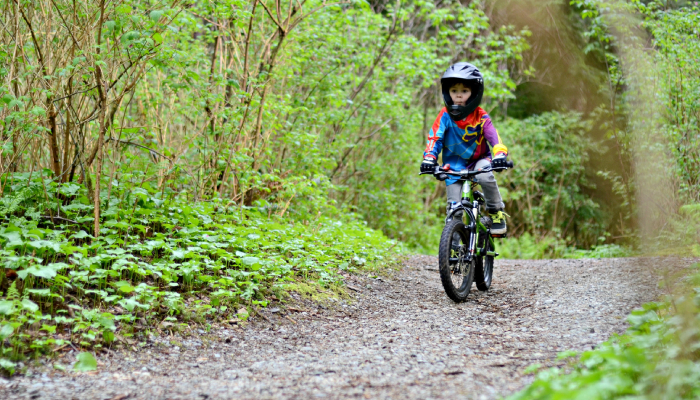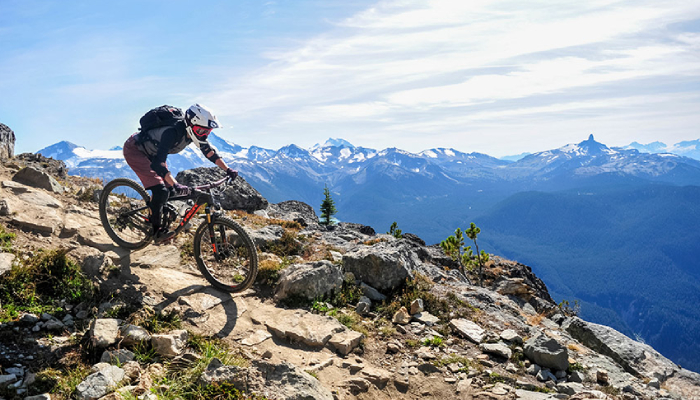How To Be A Respectful Mountain Biker

How To Prepare For Mountain Biking With Kids?
November 5, 2020
Tips To Choose The Ideal Gear For Your Mountain Bike
November 15, 2020Mountain Biking And Its Rules
Being an adventure sport done as a hobby or a pastime, mountain biking usually takes place on trails shared with equestrians, hikers, and various other outdoor enthusiasts. To promote courteous and responsible conduct on these shared trails, in 1988, the International Mountain Bicycling Association came up with the Trail Rules to ensure that everyone has an enjoyable experience. These rules need to be followed in principle by all mountain biking enthusiasts. Embracing these simple guidelines ensures that you’re doing your bit to respect both your fellow trail users and the natural world.
Essential Rules of the Trail
Ride Open Trails
Riders who’ve played by the rules are the ones who’ve opened up the place that we all love today. There are plenty of options to choose from when it comes to finding the right open trail. If a trail or road is closed, respect it. Ask the land manager if you’re unsure. One must also never trespass on private property. If necessary, get a permit. It is also against the law to ride in areas that are protected as federal or state wilderness.
Leave No Trace
Just because the surface is loose and muddy, doesn’t justify splattering the underlying trailbed. Muddy trails are exceptionally vulnerable to damage. If a trail is soft, consider other options. Try and stay on existing trails, and avoid creating new ones.
Have Control Over Your Bike
Always keep your adrenaline in check and your head up. Videos of great riders can be used to develop your biking skills. You must obey the speed recommendations and regulations. Always stay alert and not put yourself or others at risk. Most importantly, ride within your limits.
Yield Appropriately
You must always learn the local rules as well as the ones mentioned below. Rules for passing and yielding may vary with the location of traffic conditions.
- Let other trail users know you’re coming.
- Be careful around corners.
- Yield to uphill riders and non-bike users.
- Ensure your passes are safe and courteous.
Don’t Scare Animals
Frightened animals can sometimes be both dangerous and vulnerable. You’re the only one keeping yourself safe from the animals. Animals are easily startled by loud noise, sudden movement or unannounced approach. Stay alert. Take special care while passing horses and seek help from horseback riders if uncertain. Lastly, don’t disturb the wildlife or other domestic animals.
Always Plan Ahead
A good first step is to memorise the IMBA Rules of the Trail. It is also essential to research your trip well and pack wisely. A lot of trails use symbols and trail signs similar to ski areas to mark the difficulty.
- Black or double black diamonds for experts
- Blue squares for intermediate riders
- Green circles for beginner-friendly trails
A Few Additional Tips
Wearing a helmet and the appropriate safety gear is essential. You must know your equipment well and have the knowledge and the ability to tackle the terrain where you’re riding safely. Lastly, be self-sufficient. You must carry adequate supplies, be prepared for changes in the weather and other conditions and always keep your equipment in good condition.




